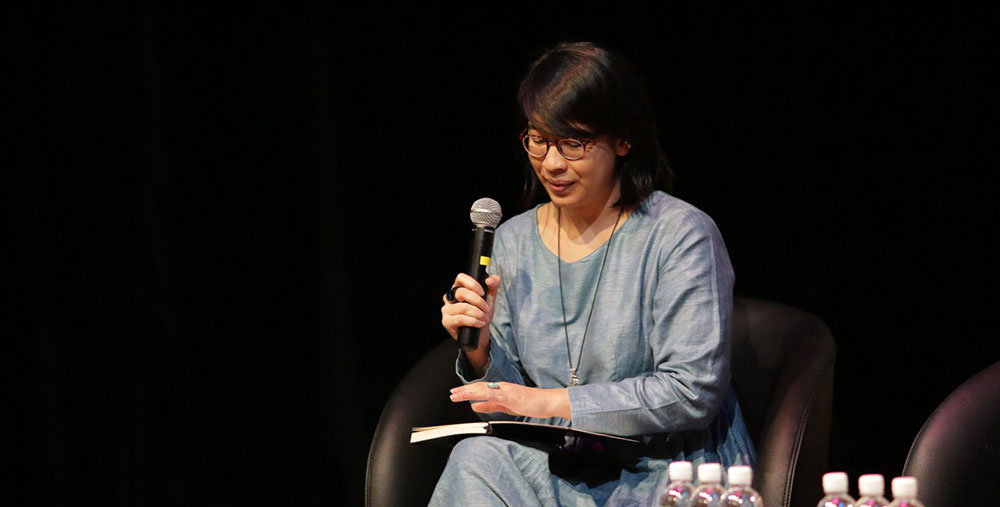Kamiliah Bahdar is an independent curator living and working in Singapore. Her first foray into curating was as a participant in Curating Lab 2012, a programme organised by NUS Museum to train young curators. In 2015, she pursued an MA at Nanyang Technological University where she wrote a thesis on microresidences in Indonesia, with a focus on how residency programmes support contemporary art practices. She received the inaugural 2017 IMPART Awards for the curator category.
She has curated numerous exhibitions and projects, including in more recent years Nyanyi Sunyi: Songs of Solitude (2018, Gillman Barracks with Syaheedah Iskandar), State of Motion: Sejarah-ku (2018, Asian Film Archive), and Merayakan Murni (“Celebrating Murni”, 2015-2016, Ketemu Projects, Bali), and is a member of the collborative project soft/WALL/studs. With her current attachment in the library of an educational institution, she is beginning a new cycle in her curatorial practice.
Kamiliah shares her views about the artist curator relationship, and how she considers space in exhibition-making.
As a curator, what do you value in your relationship with an artist?
What has sustained me most through the years as a curator are the conversations between the artist and myself when preparing for an exhibition—the openness in sharing about the work and process, including the struggle and doubts, but also the intention and ideas behind it. It’s one of the beginnings, in what I see in my role as a curator, in caring for the artist, their practice and their work.
With this award, the recipient will have some time to complete the project, and then consider how to exhibit the work. What are you looking forward to in this process?
In many of the exhibitions I have worked on, and where appropriate, I often explore ways together with the artist to activate the exhibition space through programming, whether talks, performances or happenings. And in doing so, creating multiple access points for the viewer to enter the work but also have an opportunity to interact with them directly.
With the pandemic, many of us have been looking at art online. Is there still value to having physical shows, and what do you consider as a curator when exhibiting work in a physical space?
I’m so tired of staring at a screen—my phone, my laptop—and as much as possible would want not to. I feel something is lost when we look at art online, on a medium with so much endless distracting content, that’s developed a habit of shortened attention span and mindless scrolling. An exhibition, especially in a space like Chapel Gallery, is as much a shelter for the artwork as it is for the audience—to slow down, to engage, and to process their thoughts and feelings with the help of a bit of choreography in moving them through the exhibition space.
The Objectifs Documentary Award is now open for applications. The deadline for applications is 18 April 2021.

